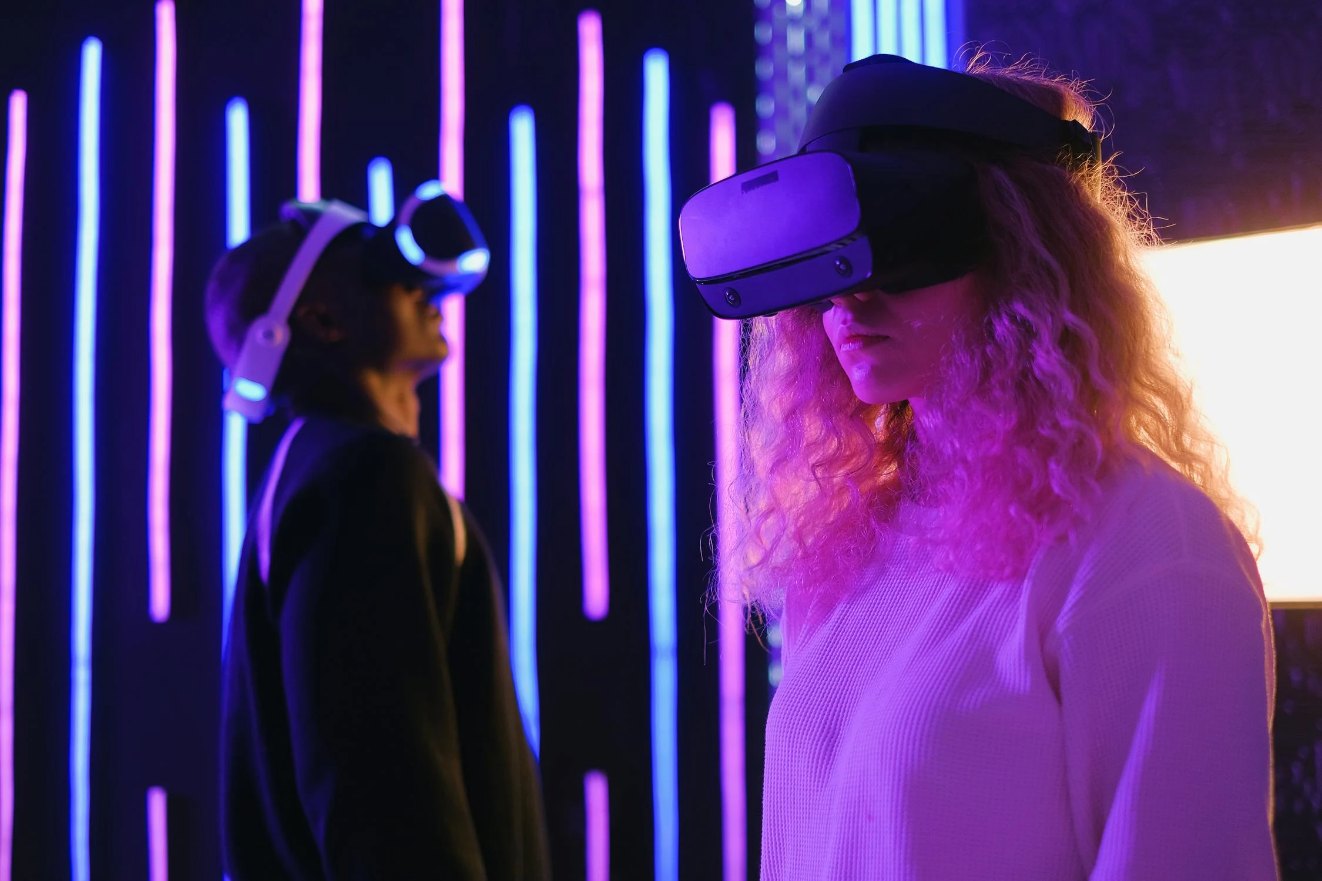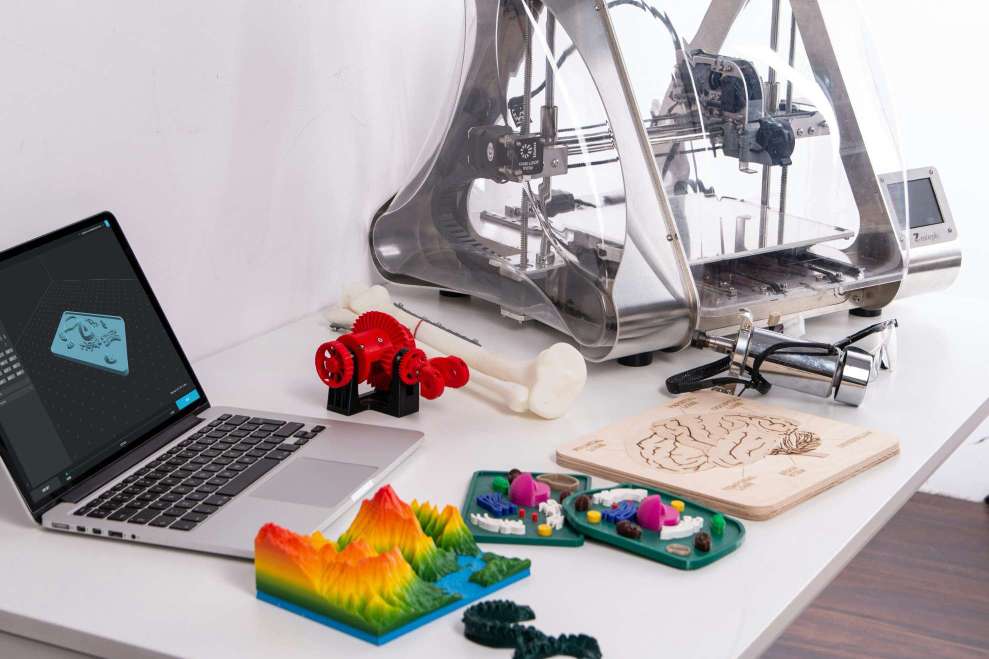Astrobiology: The Science Searching for Extraterrestrial Life

5 min read
16 Oct 2025
Astrobiology is an interdisciplinary field that explores the potential for life beyond Earth. By combining elements of biology, chemistry, geology, and astronomy, astrobiologists seek to understand the origins, evolution, and distribution of life in the universe. This article delves into the key areas of astrobiology and the exciting quest to discover extraterrestrial life.
Understanding Astrobiology
Definition and Scope: Astrobiology investigates the conditions under which life can arise and exist, both on Earth and elsewhere in the universe. It examines the potential for life on other planets and moons, as well as the biosignatures that could indicate its presence. Key Areas of Research: Astrobiologists study extreme environments on Earth, such as deep-sea vents and acidic lakes, to understand how life might survive in similar conditions elsewhere. They also analyze meteorites and planetary samples for organic compounds and other signs of life.
The Search for Extraterrestrial Life
Mars Exploration: Mars is a primary focus for astrobiology due to its potential to harbor microbial life. Missions like NASA's Perseverance rover are investigating the planet's surface and collecting samples for future analysis. Icy Moons: Moons such as Europa (Jupiter) and Enceladus (Saturn) have subsurface oceans beneath their icy crusts, making them intriguing targets for the search for life. Missions like Europa Clipper aim to explore these environments. Exoplanets: The discovery of exoplanets in the habitable zones of their stars, where liquid water could exist, has expanded the search for life beyond our solar system. Instruments like the James Webb Space Telescope will study the atmospheres of these planets for biosignatures.
Challenges and Opportunities
Technological Limitations: The search for extraterrestrial life is hindered by the limitations of current technology, particularly in detecting and analyzing distant exoplanets and their atmospheres. Contamination: Ensuring that missions to other planets do not inadvertently introduce Earth life is crucial to maintaining the integrity of astrobiological research. Interdisciplinary Collaboration: Astrobiology requires collaboration across multiple scientific disciplines, which can be challenging but also presents opportunities for groundbreaking discoveries.
Future Directions in Astrobiology
Sample Return Missions: Bringing samples from Mars and other celestial bodies back to Earth for analysis could provide definitive evidence of past or present extraterrestrial life. Advanced Telescopes: The development of more powerful telescopes and instruments will enhance our ability to detect and study exoplanets and their potential biosignatures. Artificial Intelligence: AI and machine learning can help analyze vast amounts of data from space missions, identifying patterns and anomalies that may indicate the presence of life.
Conclusion
Astrobiology is at the forefront of one of humanity's most profound questions: Are we alone in the universe? By exploring the potential for life beyond Earth, astrobiologists are expanding our understanding of life's possibilities and paving the way for future discoveries that could forever change our perspective on our place in the cosmos.

The AR Breakthrough That Will Make Blockchain Transactions Simpler Than Ever!
5 min read | 15 Nov 2025
How AI Is Making Blockchain Smarter and Safer – The Inside Scoop!
6 min read | 14 Nov 2025
The Big Tech Twist: How VR Is Set to Disrupt Blockchain Like Never Before!
6 min read | 13 Nov 2025
Unlocking the Power of AR: How Augmented Reality Is Set to Revolutionize Blockchain!
6 min read | 12 Nov 2025More Articles

Additive Manufacturing: The Technology Behind 3D Printing
5 min read | 17 Sep 2025

Industry 4.0: The Fourth Industrial Revolution Explained
6 min read | 16 Sep 2025

Smart Manufacturing: The Future of Production is Here
5 min read | 15 Sep 2025

High-Frequency Trading: The High-Stakes Game You Need to Know About
4 min read | 14 Sep 2025
More Articles

AR for Astronauts: Training for Space Exploration on Earth
5 min read | 04 Nov 2025

The Psychology of Presence: Why AR and VR Feel So Real
7 min read | 03 Nov 2025

AR-Enhanced Storybooks: Bringing Children's Literature to Life
4 min read | 02 Nov 2025

Virtual Renaissance: Reimagining Historical Events with VR
4 min read | 01 Nov 2025
